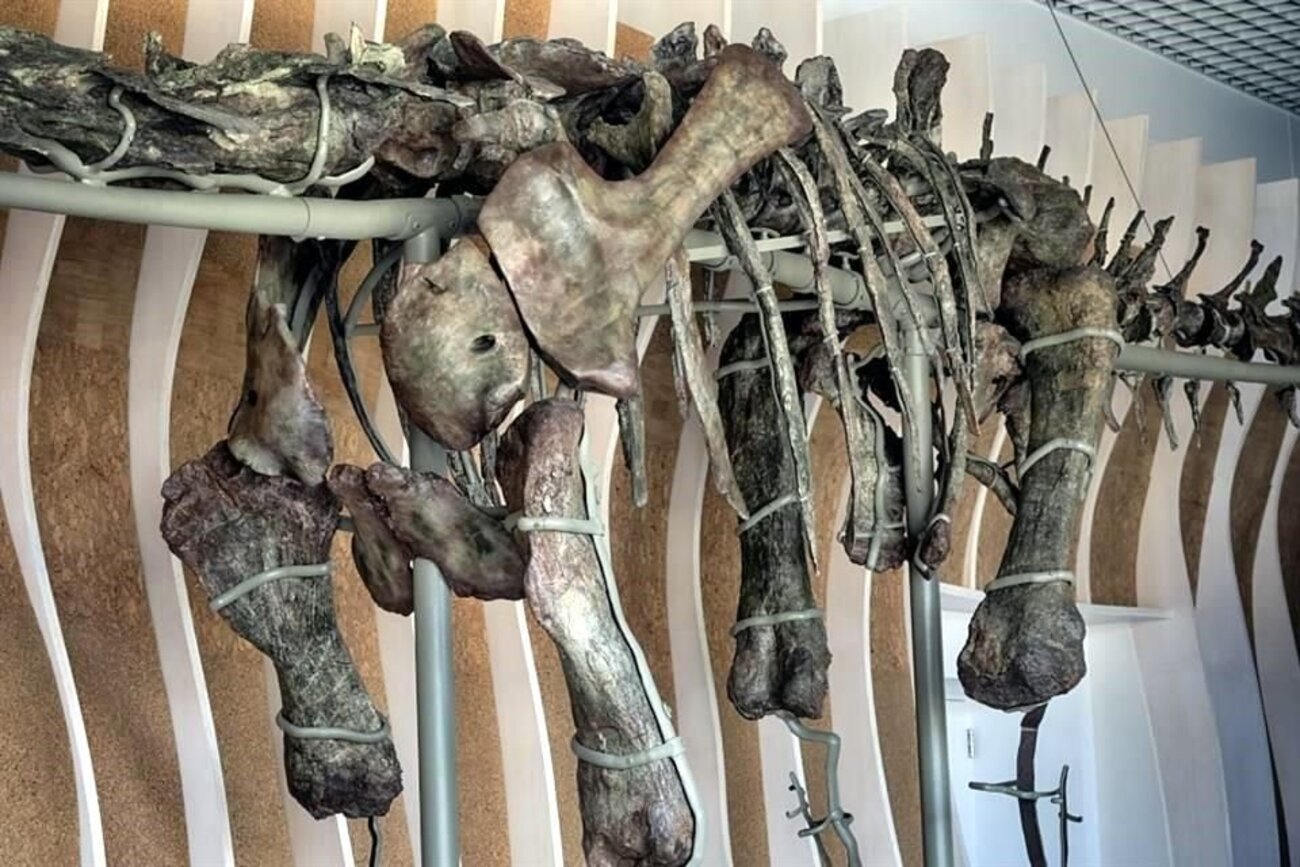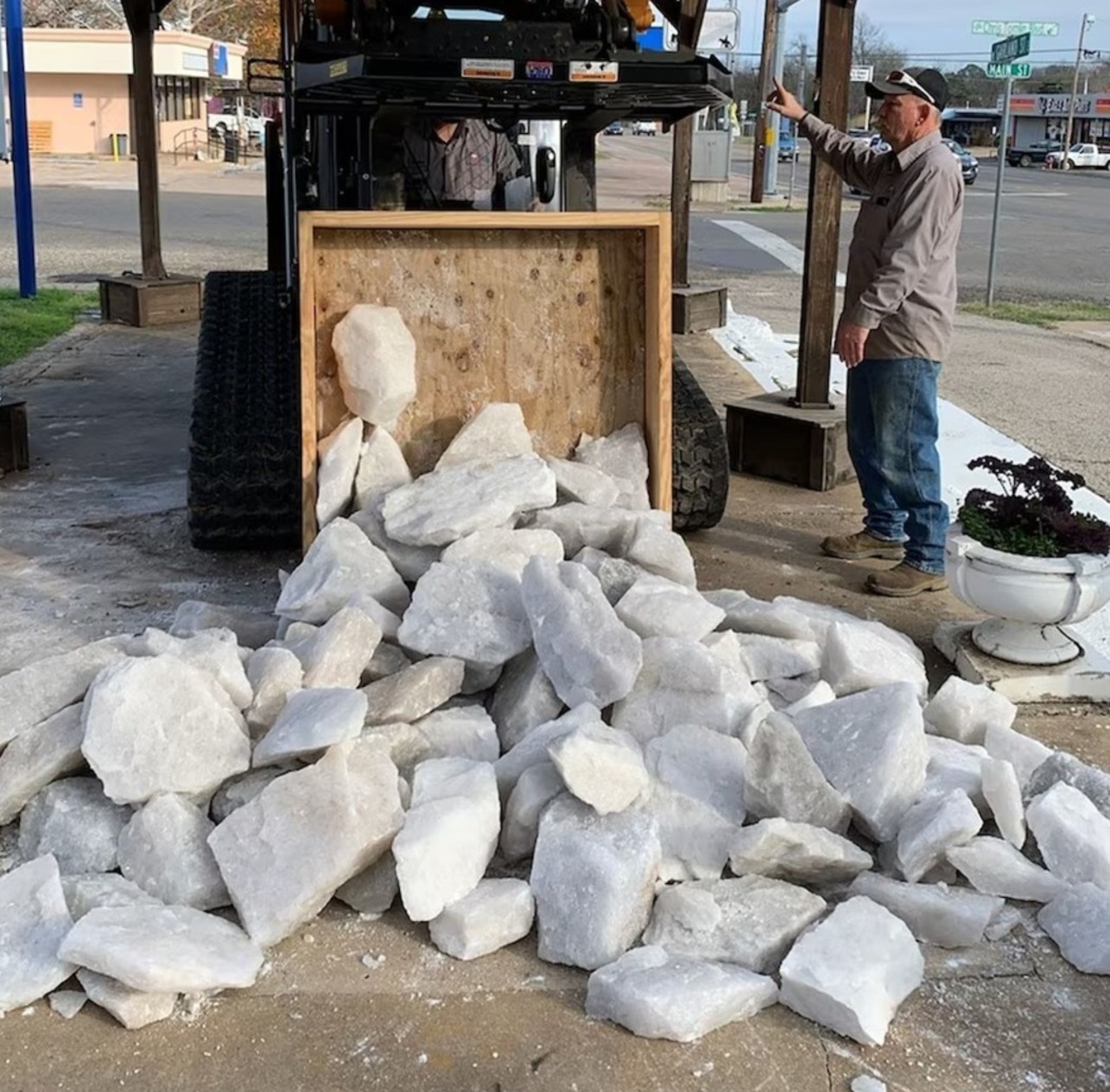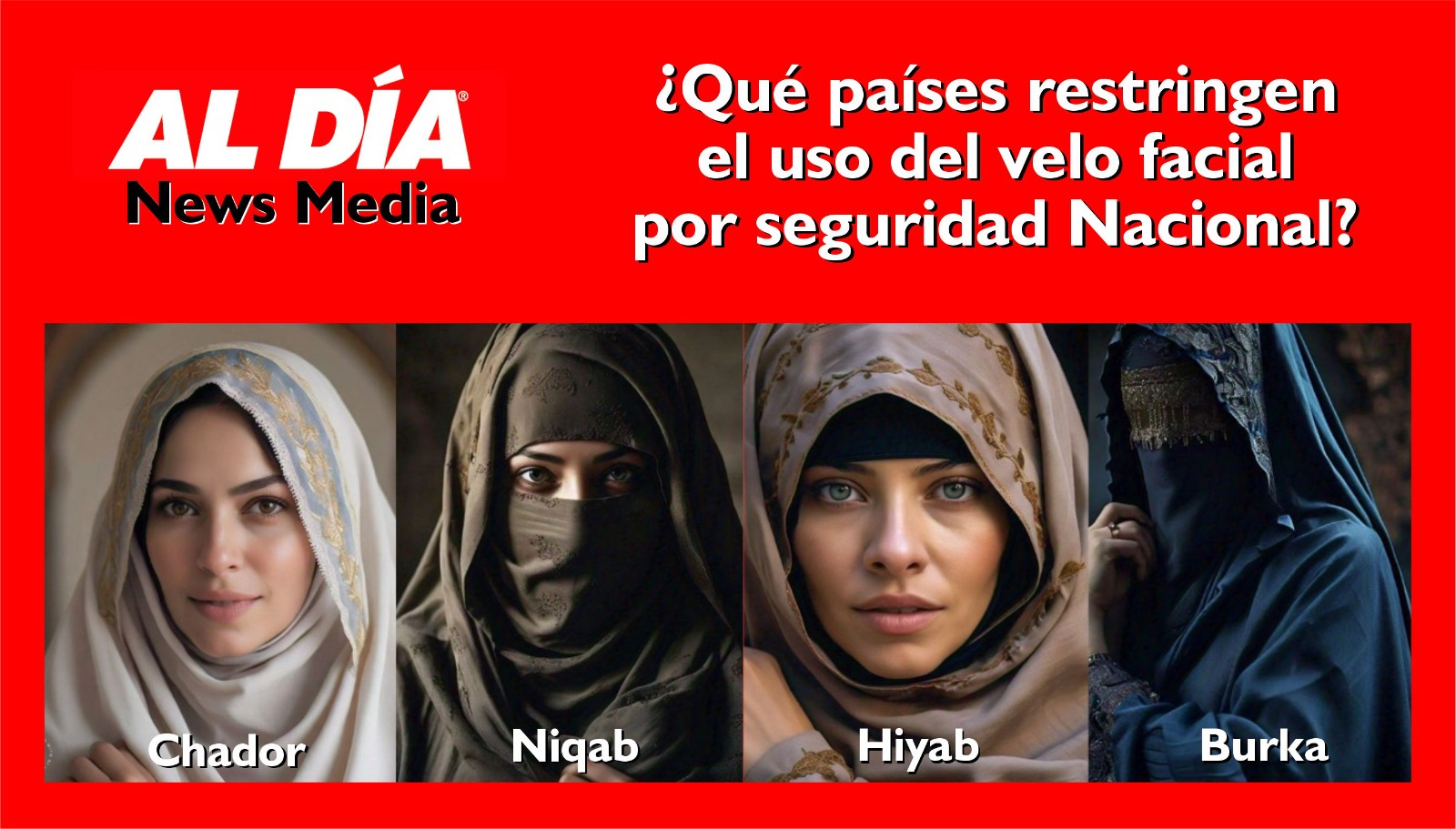
Mapping the History of Latino Urban Riots
While the majority of urban riots in African-American communities in the US happened in the 1960s, most Latino riots occurred several years later, in the 1970s. About two-thirds of the riots were in Puerto Rican communities, mainly in the Northeast.
However, people don’t know much about Latino history, so they don’t put these events in a social context. This creates this perception that Latinos are passive, or that they only riot when conditions are really extreme, as reported in CityLabs. Why does civil unrest in Latino communities often go unrecorded?
According to Aaron G. Fountain, Jr, a Ph.D. student in history at Indiana University, one common element in these disturbances was a perception that problems in the Latino community were being overshadowed by problems in black neighborhoods, or by other Latinos.
CONTENIDO RELACIONADO
In other cases, Latinos themselves denied this history. “To this day, there are Puerto Ricans in Newark who will tell you the riots never happened,” says Fountain, as cited in CityLabs.
Aaron G. Fountain has also created a map that outlines urban rebellions & incidents of social unrest in Latino communities since 1966 (cancelling out entertainment events, prison & school settings, unless it occurred off campus):










DEJE UN COMENTARIO:
¡Únete a la discusión! Deja un comentario.